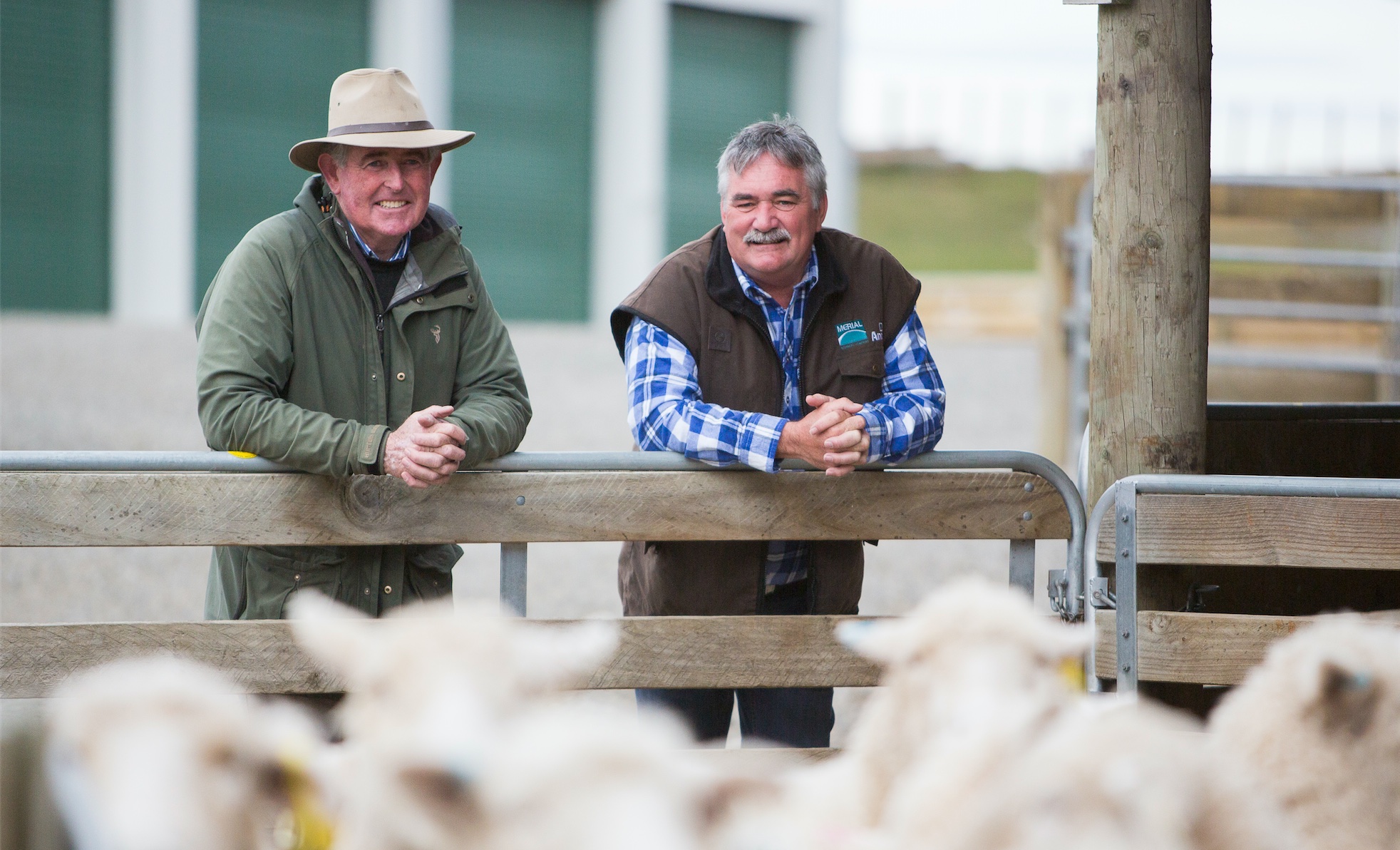
I’ve had an unusual path to sheep breeding, which means few preconceptions!
Along the way one of my missions was helping launch SIL. This meant that when I began stud breeding I knew we had a valuable ‘truth broker’ at our disposal. The value of our on-farm decisions could be measured directly by the results on SIL, and we could tell the difference between genetic-based and non genetic-based gain.
I’ve always been fascinated by technology’s ability to change the way we do things, and change the way we learn. B+LNZ Genetics’ genetic evaluation system, SIL, is an important change agent because it means you can change, genetically, in a couple of years what could otherwise take a decade, without bias.
In our breeding programme we use all the technology we can - including DNA testing all ewes - to know exactly what our rams can do for our clients. But as important as the figures are, I don’t rely solely on them.
Once I’ve identified the top 400 hoggets each year based on the figures, I bring in someone who knows far more about conformation than me - someone who’s only interested in how the hoggets look.
The only information I give Peter Tod are birth dates. If he doesn’t like any animal for any reason it’ll be culled, even if it has the best SIL results. It’s his eye up against the full force of science.
The most impressive thing we’re finding is the almost direct correlation between SIL results and Peter’s by-eye assessment. Consistently around 80 percent of Peter’s picks are in the top 5 percentile on SIL.
Also, if we went solely down the number line we could end up with the worst structured sheep possible, and our approach means we never need to do corrective mating.
It’s good to be able to step back after all the hard work’s been done, and have another objective perspective on our sheep.
 Back
Back





